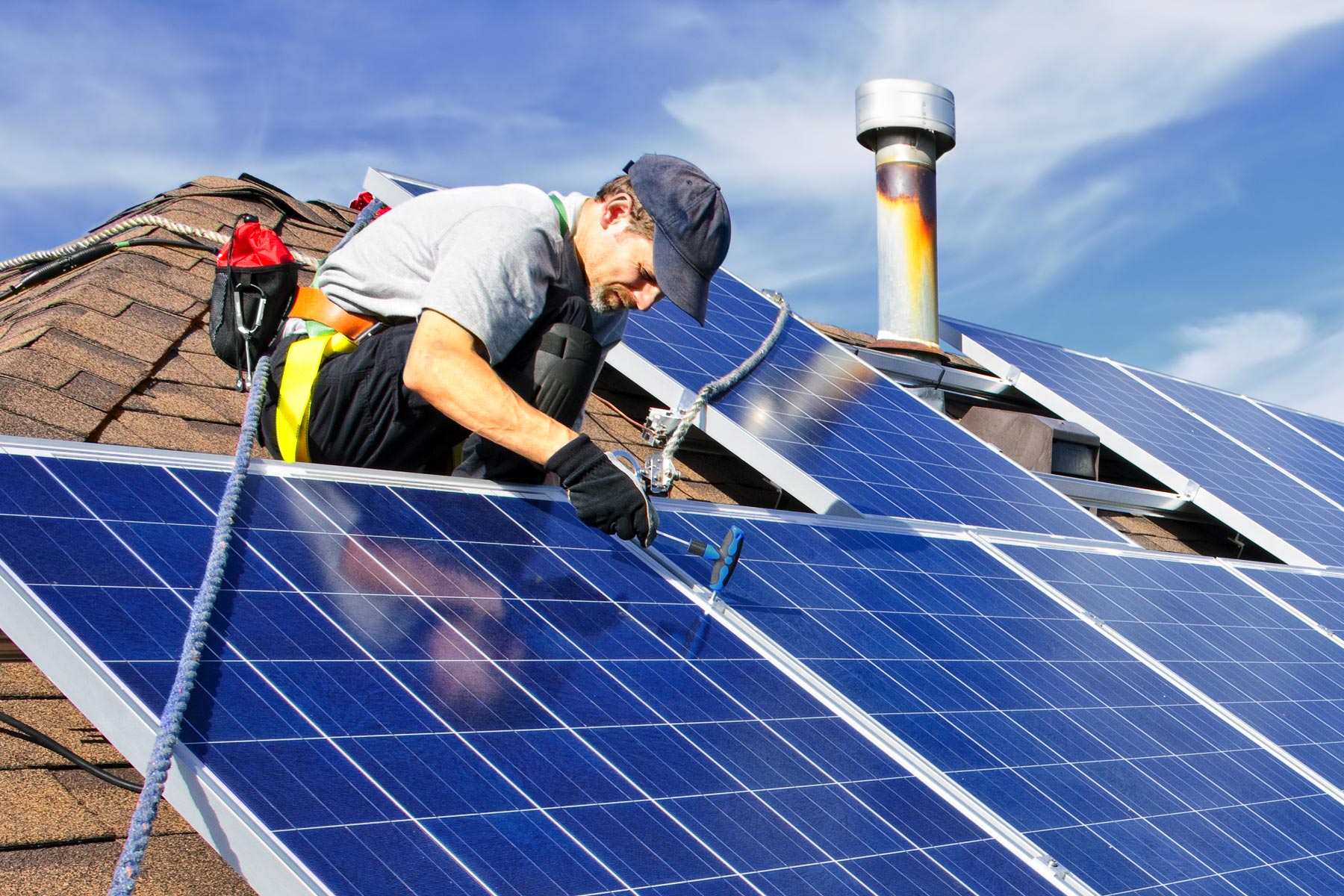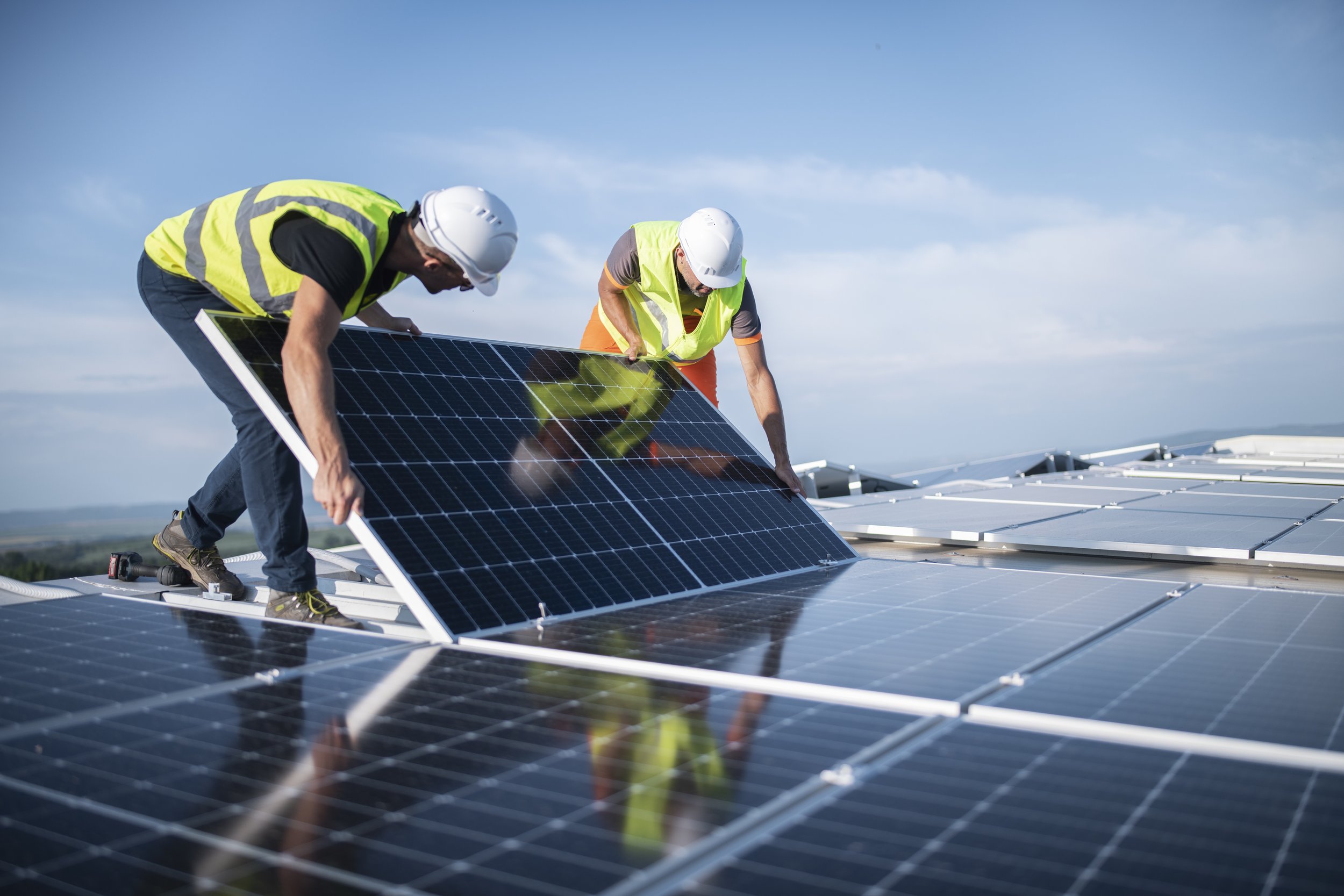Solar Rooftops Installers: A Environmental Impact of Photovoltaic Panel Installation
Solar Panel Packages: Top-Quality Solar Modules Offer Effective And Reliable Renewable Resource Solutions
Kinds Of Solar Panels: Deciphering the Options for the very best Solar Panels
When it comes to selecting the best solar panels, understanding the types readily available can seem like deciphering a riddle wrapped in sunlight. The marketplace offers a handful of distinct ranges, each with its own peculiarities and qualities. Have you ever questioned why some panels look smooth and consistent while others appear patchy or speckled? The answer depends on their core technology and style.
1. Monocrystalline Solar Panels
Image a single, perfect crystal of silicon-- pure, effective, and stylish. Monocrystalline panels are made from this single crystal. They are often dark black, practically like a midnight sky, and they boast the highest efficiency rates. These panels flourish in tight spaces, ejecting maximum power with very little footprint. If you have actually ever experienced the frustration of limited roofing system space, then you understand why these panels seem like a godsend.
- Effectiveness: Usually 15-22%
- Life-span: 25+ years
- Appearance: Uniform black color
- Expense: Higher in advance financial investment
2. Polycrystalline Solar Panels
Think of a mosaic artist's canvas-- a patchwork of silicon crystals merged together. Polycrystalline panels have a bluish shade and a speckled look, reflecting their multi-crystal composition. While they typically use somewhat less performance than monocrystalline, they often come at a friendlier price point. Consider them as the trustworthy workhorses of photovoltaic panels-- consistent and useful.
- Performance: Around 13-16%
- Lifespan: About 25 years
- Look: Blue, speckled texture
- Expense: More inexpensive upfront
3. Thin-Film Solar Panels
Have you ever seen those ultra-thin, versatile solar sheets that nearly feel like plastic? Thin-film photovoltaic panels are a different animal altogether. They are light-weight and can be used to surface areas where standard panels would be impractical. Their efficiency tends to drag crystalline types, but their flexibility is unmatched. Imagine wrapping your knapsack or vehicle roof in solar cells-- this is where thin-film shines.
- Effectiveness: Usually 10-12%
- Lifespan: 10-20 years
- Appearance: Uniform, typically dark or clear
- Cost: Lower initial cost, but possibly higher long-term
Which Type Matches You?
Choosing the finest photovoltaic panels isn't simply about numbers; it's about way of life, roof area, and your vision for energy here self-reliance. Are you going after peak effectiveness in a compact location? Monocrystalline may be your champ. Need an economical option that does not cut corners on dependability? Polycrystalline might be the answer. Or are you prepared to check out innovative applications with thin-film?
| Type | Performance | Life expectancy | Cost | Perfect Usage |
|---|---|---|---|---|
| Monocrystalline | 15-22% | 25+ years | High | Limited space, high effectiveness |
| Polycrystalline | 13-16% | ~ 25 years | Moderate | Budget-conscious, bigger roof areas |
| Thin-Film | 10-12% | 10-20 years | Low | Versatile surface areas, non-traditional installations |
Eventually, the pursuit of the finest solar panels is a journey, not a sprint. Review your requirements, space, and financial goals. When sunshine meets wise option, your panels can become more than just devices-- they end up being a storyteller of your dedication to sustainable energy.
Performance Rankings: The Heart Beat of Photovoltaic Panel Performance
Envision a photovoltaic panel as a thirsty tourist in the desert, non-stop chasing the sun's energy. The performance score is the step of how well it satiates its thirst-- how much sunlight it converts into functional electrical power. Here, every decimal point counts. A panel with a 22% effectiveness score transforms 22% of the sunshine it absorbs into power, while the rest dissipates as heat or light. Why does this matter so much?
Effectiveness ratings are not simply numbers on a spec sheet; they dictate the real output of your solar financial investment. Think about a roof with restricted area. Choosing panels with greater efficiency indicates squeezing more power into those square feet, an important aspect for urban setups where every inch matters.
Translating Real-World Performance
Performance isn't fixed. It fluctuates with temperature level, angle of sunlight, and shading. Solar panels usually lose effectiveness as they warm up-- often about 0.3% to 0.5% per degree Celsius above 25 ° C. This indicates a sunny summer afternoon can paradoxically reduce your panel's yield.
Ever discovered how a shadow from a tree branch can maim a whole solar array? That's due to string setup and bypass diodes working behind the scenes. A single shaded cell can drag down the output of the entire string, a subtlety frequently overlooked by newbies. This is why microinverters or power optimizers are game-changers-- they allow each panel to run independently, reducing shading results.
Specialist Tips to Optimize Panel Performance
- Optimal Tilt and Orientation: Panels angled to catch the sun's peak rays take full advantage of day-to-day yield. Even a few degrees off can lower output significantly.
- Temperature level Management: Installing panels with sufficient airflow beneath assists dissipate heat, preserving efficiency throughout hot spells.
- Routine Tracking: Using performance monitoring systems can highlight dips in effectiveness triggered by dirt, micro-shading, or electrical issues before they grow out of control.
Performance Metrics Beyond Performance

| Metric | What It Informs You | Why It Matters |
|---|---|---|
| Temperature Coefficient | Measures performance loss per ° C boost | Suggests panel strength in hot environments |
| Deterioration Rate | Yearly loss in power output over time | Predicts long-lasting energy production and ROI |
| Small Operating Cell Temperature (NOCT) | Anticipated temperature of the panel under basic conditions | Helps quote real-world efficiency |
Selecting the very best photovoltaic panels implies comprehending that performance scores inform just part of the story. Real-world conditions, installation quality, and component synergy all dictate actual performance. Are you prepared to look beyond surface area numbers and dive into the subtleties that will really power your home or business?
Installation Considerations
What lies below the surface often dictates the fate of your photovoltaic panel setup. The roofing structure bears a silent but tremendous responsibility. Homes with aging or weak roofing systems may discover themselves battling with the weight of solar selections. Have you ever seen a roofing sag slightly under heavy snow and questioned, "Could solar panels add to that?" That question matters. Guaranteeing your roof can support the panels without compromising stability is critical.
Another puzzle piece: orientation and tilt. Solar panels prosper when kissed by sunlight, but the angle at which they bask can change energy output from modest to magnificent. South-facing roofing systems typically win the sunshine lotto in the northern hemisphere, however what about that wacky east-facing roofing? In some cases, a creative racking system can coax more power from less-than-ideal angles. Angle adjustments between 30 to 45 degrees typically optimize absorption, yet local environment subtleties can determine minor tweaks.
Site Evaluation Tips
- Shade analysis: Trees, chimneys, and even nearby structures can cast shadows that stealthily sap your system's performance.
- Roofing area: Calculate functional area carefully-- obstructions reduce the variety of panels you can set up.
- Panel spacing: Ensure enough space in between panels to prevent getting too hot, which diminishes efficiency.
Wiring logistics frequently slip under the radar however can make or break the installation's success. Long cable runs not only pump up costs however introduce power losses. Use thicker gauge wiring for longer distances to minimize voltage drop-- this is a subtle expert technique that can save significant energy in time.
Installing Methods and Their Subtleties
| Mounting Type | Finest Usage Case | Pros | Cons |
|---|---|---|---|
| Flush Mount | Residential roofs with strong structure | Low profile, affordable | Limited air flow, possible heat buildup |
| Ballasted Mount | Flat roofings without any penetrations permitted | No roofing penetration, fast install | Heavier system, may need structural support |
| Pole Mount | Ground installations | Adjustable tilt, simpler upkeep | Consumes ground space, potentially higher wind load |
Ever pondered how extreme weather might test your solar setup? Wind uplift forces can pry badly set up panels away like a gust peeling wallpaper. Using correctly rated mounting hardware adjusted to your area's wind speed is not just an idea-- it's a required for durability. And what about snow load? Panels that shed snow quickly prevent the quiet drain on everyday output.

Ecological Impact and Advantages of Best Solar Panels
Envision a world where rooftops hum with the silent work of solar power, turning sunshine into power without a whisper of pollution. The very best photovoltaic panels do not simply slash your electrical energy bills-- they wield a profound influence on the environment. Yet, it's simple to ignore the subtle intricacies that figure out just how green your solar setup truly is.
Not all solar panels are produced equal when it comes to the carbon footprint embedded in their production. Manufacturing includes mining rare minerals and energy-intensive procedures. Here's the kicker: the most efficient panels balance that upfront environmental expense by creating tidy energy for years, often offsetting their initial carbon emissions within 1-3 years. This payback duration is essential-- ask yourself, for how long will your panel last, and how much energy will it save?
Hidden Environmental Advantages
-
Decrease in Greenhouse Gases: Photovoltaic panel transform sunlight into electricity without releasing CO.
2,.
curbing the devastating greenhouse impact.
- Water Preservation: Unlike fossil fuel plants that guzzle water for cooling, photovoltaic panels avoid this drain, preserving valuable water resources.
- Land Usage Performance: Setting up solar panels on rooftops or broken down lands decreases disruption to ecosystems and wildlife environments.
One interesting fact typically missed out on: the waste management of solar panels at the end of their life cycle. Specialists advise planning for recycling paths early on to avoid ecological concerns from disposed of panels. The materials-- silicon, aluminum, glass-- are all recyclable, but the infrastructure is still capturing up in lots of regions.
Tips for Optimizing Ecological Benefits
- Choose panels with a high energy conversion rate to guarantee quicker ecological payback.
- Choose solar batteries made from less poisonous products, preventing panels with heavy metals like cadmium where possible.
- Coordinate setup with optimal panel alignment and tilt to harness optimum sunlight, making every photon count.
- Consider integrating energy storage systems to ravel solar intermittency, improving total system sustainability.
Ever question why some solar ranges shine brighter than others? It's not almost appearance. Dirt, shading, and even micro-cracks can undercut performance considerably. From an eco-friendly lens, efficiency suggests fewer panels required, which equates to less material intake and lower embodied energy.
Solar energy is a peaceful transformation, but its full ecological prospective unfolds just when you think beyond just the initial cost savings. It has to do with the causal sequence of every watt created, every toxin prevented, and every drop of water saved. What if your next solar choice could be an elect a cleaner planet?